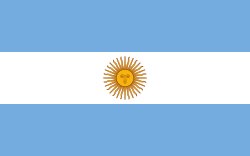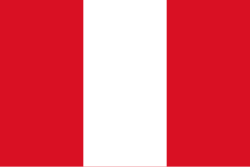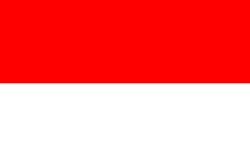WTA Tokio II
| WTA Tour | |
|---|---|
| Austragungsort | Tokio |
| Erste Austragung | 1990 |
| Letzte Austragung | 2002 |
| Kategorie | WTA Tier II |
| Turnierart | Freiplatzturnier |
| Spieloberfläche | Hartplatz |
| Auslosung | 28E/32Q/16D/4Q |
| Preisgeld | 585.000 US$ |
| Stand: 27. Juli 2011 | |
Das WTA Tokio II (offiziell: Toyota Princess Cup) war ein Damen-Tennisturnier der WTA Tour, das in der japanischen Hauptstadt Tokio ausgetragen wurde. Veranstaltungsort war das Ariake Coliseum im Ariake Tennis Forest Park.
Erstmals wurde dieses Turnier 1990 unter dem offiziellen Namen Nichirei International Championships (auch Nichirei Ladies genannt) ausgetragen, damals noch auf Teppich; ab dem folgenden Jahr wurde auf Hartplatz gespielt.
Ebenfalls in Tokio ausgetragene WTA-Turniere: WTA Tokio (Kōtō) und WTA Tokio.
Offizielle Namen des Turniers:
- 1990–1996: Nichirei International Championships
- 1997–2002: Toyota Princess Cup
Preisgeld:
- 1990–1992: $350.000
- 1993: $375.000
- 1994: $400.000
- 1995: $430.000
- 1996–1998: $450.000
- 1999: $520.000
- 2000: $535.000
- 2001: $565.000
- 2002: $585.000
Siegerliste
Einzel
Doppel
Auf dieser Seite verwendete Medien
Pictograms of Olympic sports - Tennis. This is unofficial sample picture. Images of official Olympic pictograms for 1948 Summer Olympics and all Summer Olympics since 1964 can be found in corresponding Official Reports.
Flag of the Socialist Federal Republic of Yugoslavia (1946-1992).
The design (blazon) is defined in Article 4 of the Constitution for the Republic of Yugoslavia (1946). [1]
Flag of the Socialist Federal Republic of Yugoslavia (1946-1992).
The design (blazon) is defined in Article 4 of the Constitution for the Republic of Yugoslavia (1946). [1]
Flag of Serbia and Montenegro, was adopted on 27 April 1992, as flag of Federal Republic of Yugoslavia (1992-2003).
Flag of Serbia and Montenegro, was adopted on 27 April 1992, as flag of Federal Republic of Yugoslavia (1992-2003).
Flag of South Africa, used between 1928 and 1982. It is identical to the 1982 to 1994 version except that the shade of blue is darker. It is also known as the "Oranje-Blanje-Blou".
bendera Indonesia
Verwendete Farbe: National flag | South African Government and Pantone Color Picker
| Grün | gerendert als RGB 0 119 73 | Pantone 3415 C |
| Gelb | gerendert als RGB 255 184 28 | Pantone 1235 C |
| Rot | gerendert als RGB 224 60 49 | Pantone 179 C |
| Blau | gerendert als RGB 0 20 137 | Pantone Reflex Blue C |
| Weiß | gerendert als RGB 255 255 255 | |
| Schwarz | gerendert als RGB 0 0 0 |
Chinese Taipei Olympic Flag. According to the official website of Chinese Taipei Olympic Committee, Blue Sky(circle) & White Sun(triangles) above the Olympic rings is neither the National Emblem of the Republic of China, nor the Party Emblem of Kuomintang (KMT), but a design in between, where the triangles do not extend to the edge of the blue circle, as registered at International Olympic Committee in 1981 and digitally rendered in 2013. Besides, the blue outline of the five-petaled plum blossom is broader than the red one. Moreover, the CMYK code of the blue one and the Blue Sky & White Sun is "C100-M100-Y0-K0", and different from the Olympic rings (C100-M25-Y0-K0). Note that it's the only version recognized by IOC.
Flag of Australia, when congruence with this colour chart is required (i.e. when a "less bright" version is needed).
See Flag of Australia.svg for main file information.Flagge Österreichs mit dem Rot in den österreichischen Staatsfarben, das offiziell beim österreichischen Bundesheer in der Charakteristik „Pantone 032 C“ angeordnet war (seit Mai 2018 angeordnet in der Charakteristik „Pantone 186 C“).


















